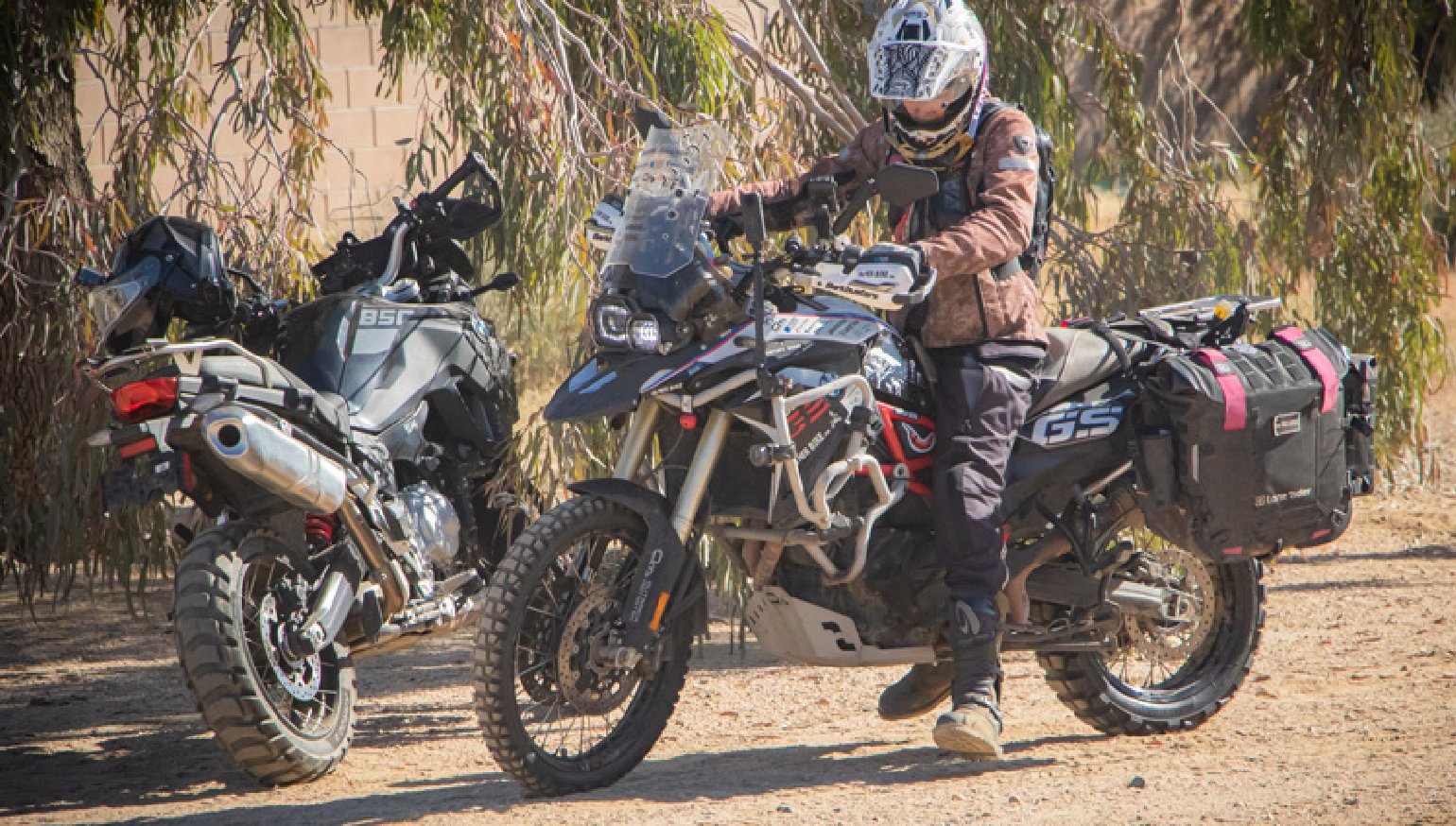It is the question that has spawned endless debates at the local bike night, track day, and internet rider forums. Should you lower your motorcycle?
There are many reasons why a rider might entertain the notion. Newer riders still learning the operating mechanics and balance of a motorcycle benefit from having their feet touch the ground. For short riders, a taller bike will always require extra vigilance to compensate for the height difference. Older riders might struggle with flexibility issues. Getting a leg up over the saddle or contorting into a one-foot balancing act might not be as easy anymore.
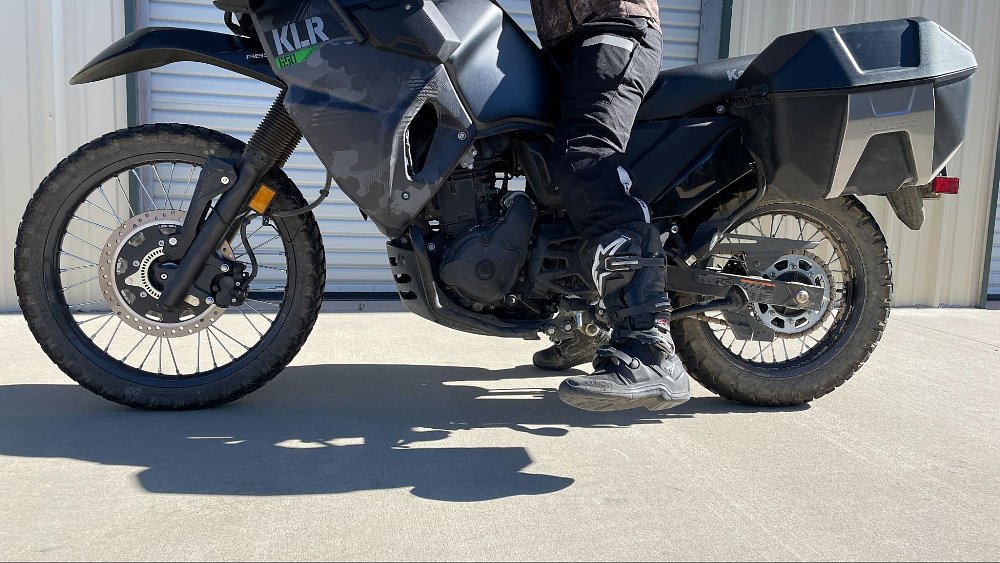
However, some riders are vehemently opposed to lowering a motorcycle. Critics say it will damage the intended geometry of the bike, or that riders need to improve their skills rather than modify their machine. As a shorter rider I’ve heard every variation of this debate and decided it was time to get to the bottom of it. Is it truly as bad as they say to lower a motorcycle? Will it completely ruin the performance? Is it only novices that require this “training wheel” approach?
Taller, heavier, and more powerful: The bulking up of motorcycles over the years
Back in the halcyon days of the iconic film “On Any Sunday,” the starting line of the Elsinore Grand Prix was full of easily flat-footed bikes. Take a look at today’s motocross starting gate and there are much taller steeds on the line instead.
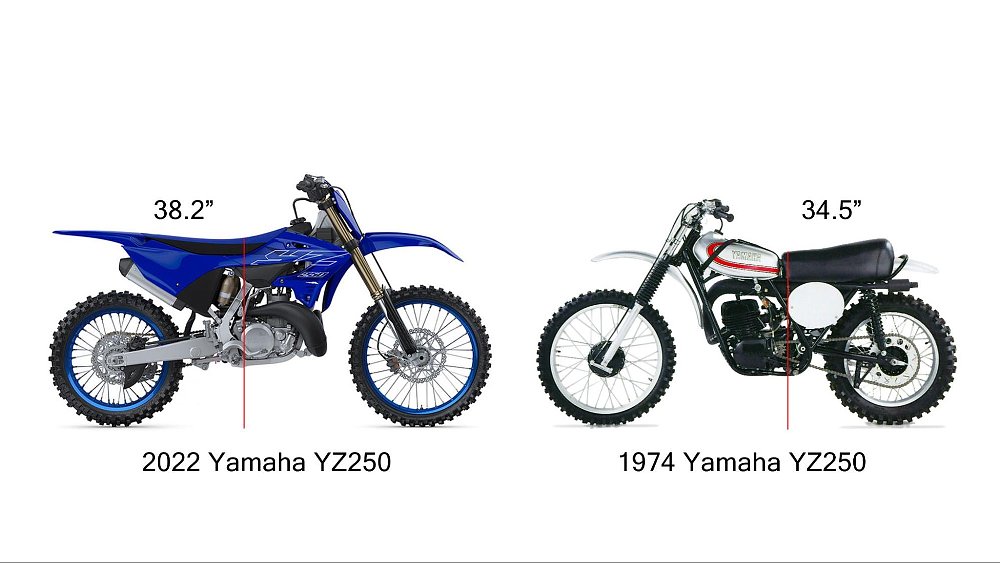
Take, for example, the Yamaha YZ250. This two-stroke of 1974 was the pinnacle of a racing dirt bike and had a seat height of 34.5 inches. Today’s Yamaha YZ250 has grown not only in weight and power, but also in seat height to 38.2 inches. That is nearly four inches taller than the original model, a delta that will surely be felt by the inseam of any rider. Where did all this height come from?
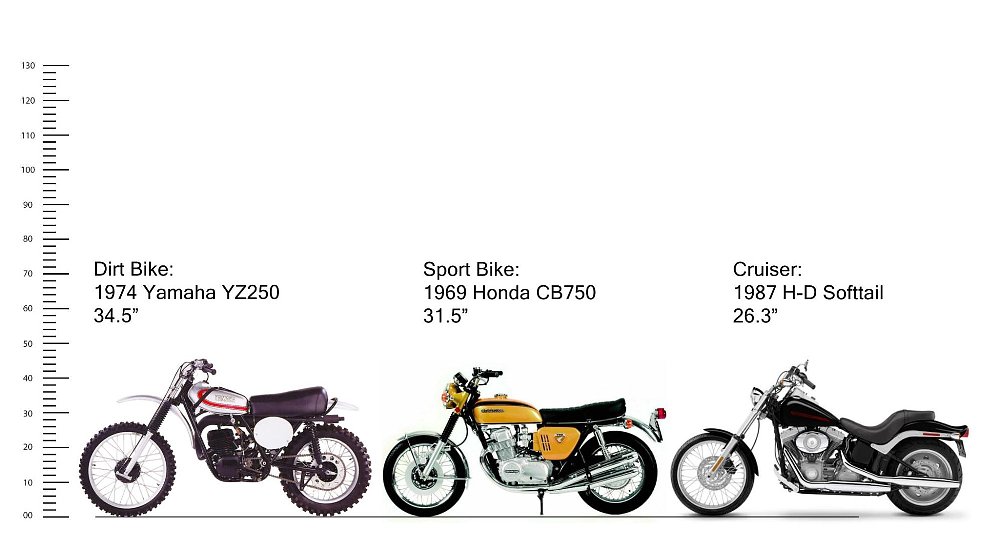
The math is pretty simple. Modern-day suspension on the blue machine boasts 12.5 inches of travel, whereas the ‘70s model had only seven. As for ground clearance, the 1970s YZ had 9.3 inches and the 2022 YZ is at 13 inches. Across the motorcycling universe as a whole, advancements in suspension and larger engines have led to increasingly larger and taller motorcycles.
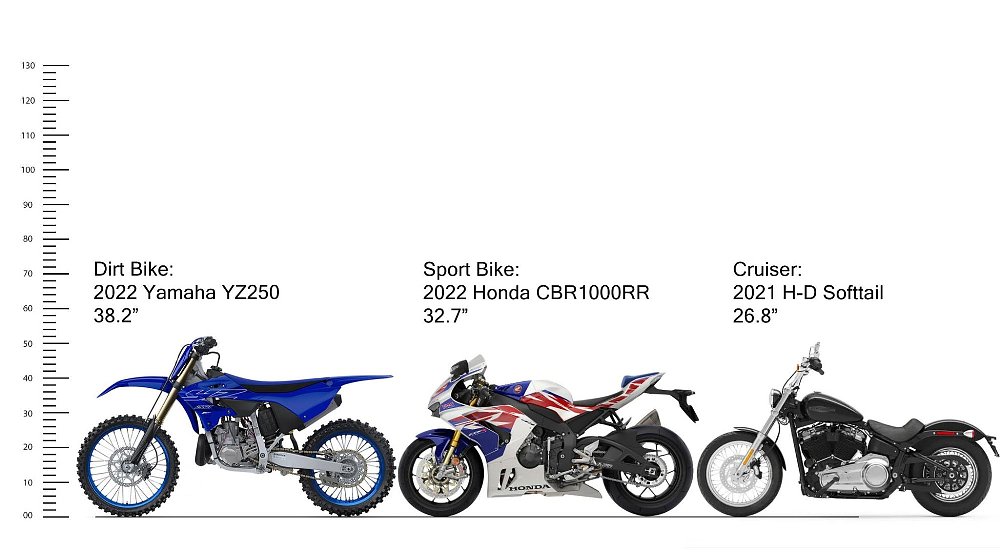
What hasn’t sprouted at the same rate is the height of the average American. According to the CDC National Center of Health Statistics, the average height of both males and females has increased just an inch since the 1970s. Motorcycle seat heights are evolving a lot faster than human inseams. Riders of today need to make a choice — overcome the taller seat height (if they can), or lower their machine. If suspension has grown so much in travel, why negate it with lowering mods? Won’t the geometry be irrevocably compromised? Questions like these need to be answered by someone with years of experience in the mystical arts of motorcycle suspension tuning.
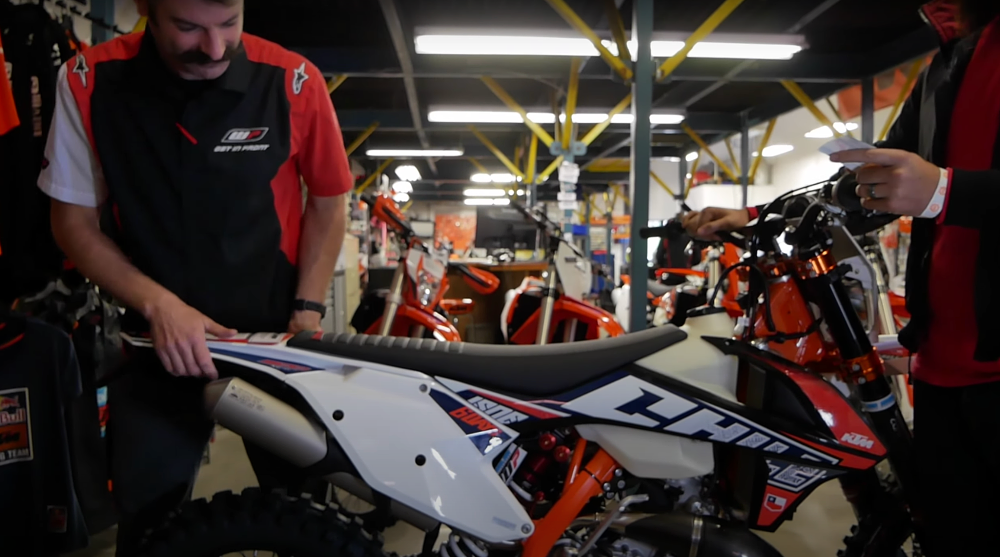
Expert advice on lowering motorcycle suspension
Evan Yarnall of Solid Performance is a bona fide suspension master. He has more than 20 years of experience providing top-level service to pro racers and regular riders alike. His shop is an authorized WP Suspension center that has been rated number one worldwide in 2020 and 2022 by the KTM Group. I was lucky to grab Evan on break from wrenching for a quick chat about lowered suspension modifications.
“Yeah there are so many myths surrounding it, whether to lower or not. And definitely some dos and don’ts,” Evan said from the start. “The biggest offender is when you only do it halfway. Like when people say ‘I'm going to only focus on the shock, and just push the forks up in the triple clamp.’ To actually do it properly, you need to limit the stroke internally in the fork and the shock. We’ve seen it done poorly when raised fork tubes hit into the handlebar, or the front tire during the stroke can make contact with the fender, the header pipe, the radiator, you name it. You gotta make sure you lower it evenly.”
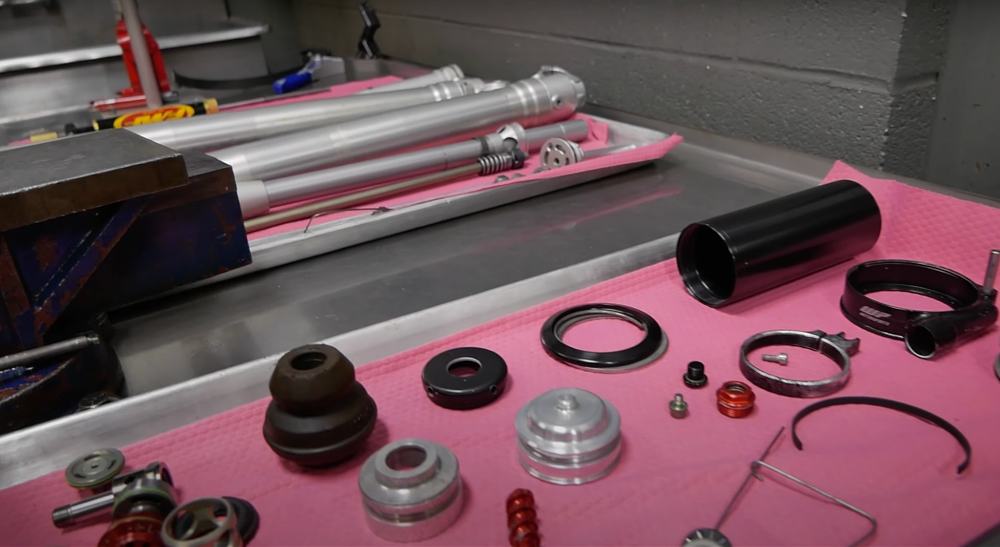
That all made sense, but I had to ask Evan that million dollar question: What about the geometry of the bike? “Anything you do affects the geometry of the bike,” he said. “Simply changing the gearing of your bike can make a noticeable change, so can tire aspect ratio, and yeah, when we use a lowering link, that too. The key is to keep it in balance, and to lower the bike evenly.”
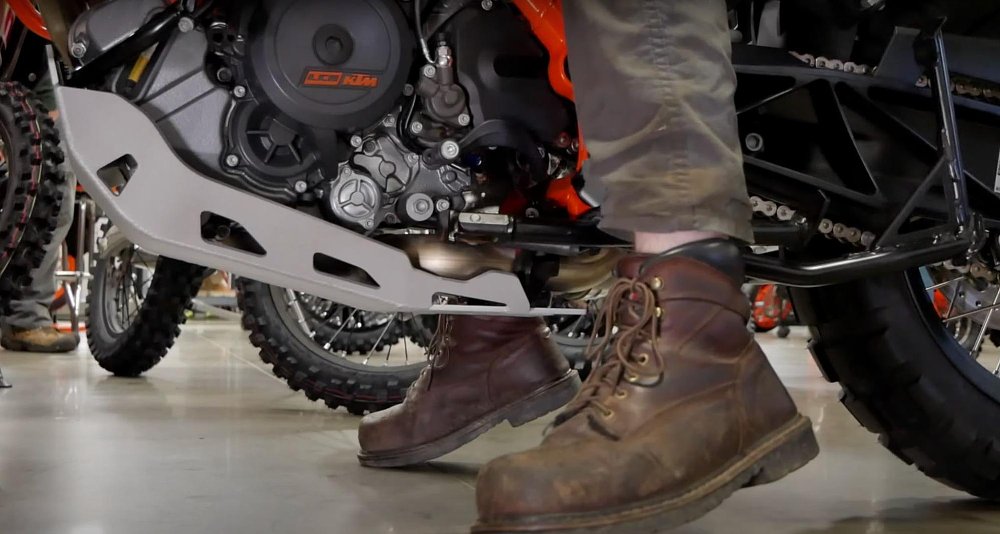
For Evan, motorcycles are not a one-size-fits-all proposition. “Does everyone wear a size 10 shoe? No! Of course not. And for motorcycles, the OEMs actually do build in some measure of adjustment so we can go in and make changes so they fit better.” At his shop they take the approach of a tailor-fitting a custom suit to their client. Rider weight, height, inseam, and skill level all come into play. How much reach does a client need to achieve? Two inches? One inch? Less? Evan says sometimes small solutions such as swapping the tire aspect ratio, changing spring rates, correcting sag, and seat adjustments can all aid in finding that custom fit without making any internal changes.
At the end of our conversation, Evan had this to say as a parting message: “If you feel you will gain more confidence from having your feet firmly on the ground, then yes, you should lower your bike. It can always be reversed, so there is no real detriment to it. If you have more confidence, you will have more fun, and you will want to ride more.”
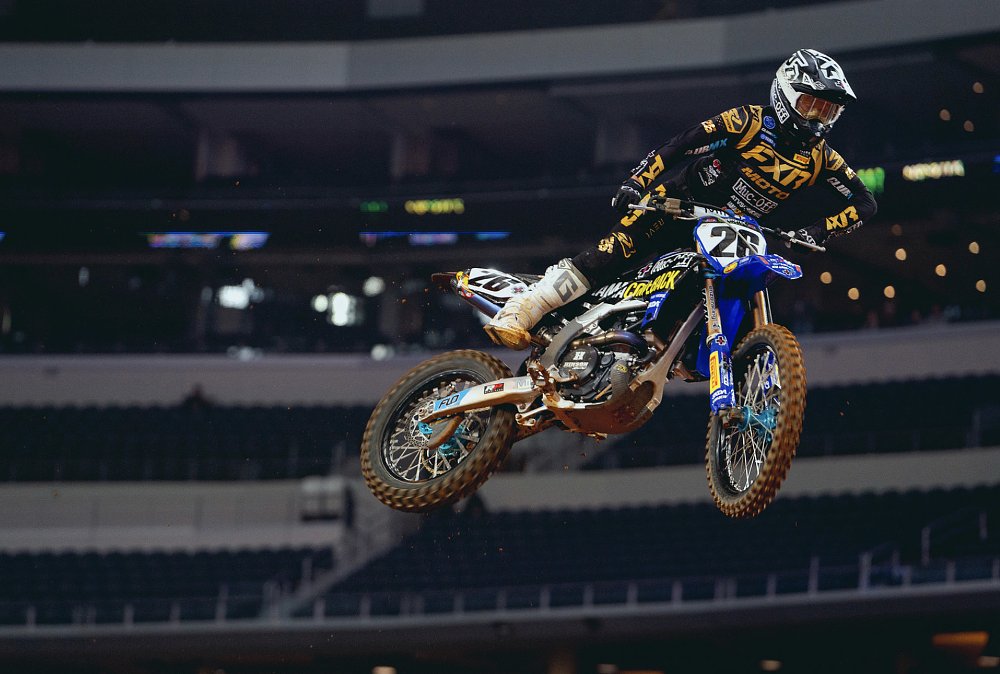
The racer’s edge: Lowering modifications among them?
There are no weaknesses allowed in the crucible of racing. Especially so in motocross and Supercross, where bespoke factory-built dirt bikes must achieve peak performance to handle the world’s most demanding race tracks.
Alex Martin is a member of that elite class of racers. He has a decorated career riding on upper-echelon teams for over 14 years and some might be surprised to learn that even a top athlete will utilize lowering modifications if it will bring an advantage.
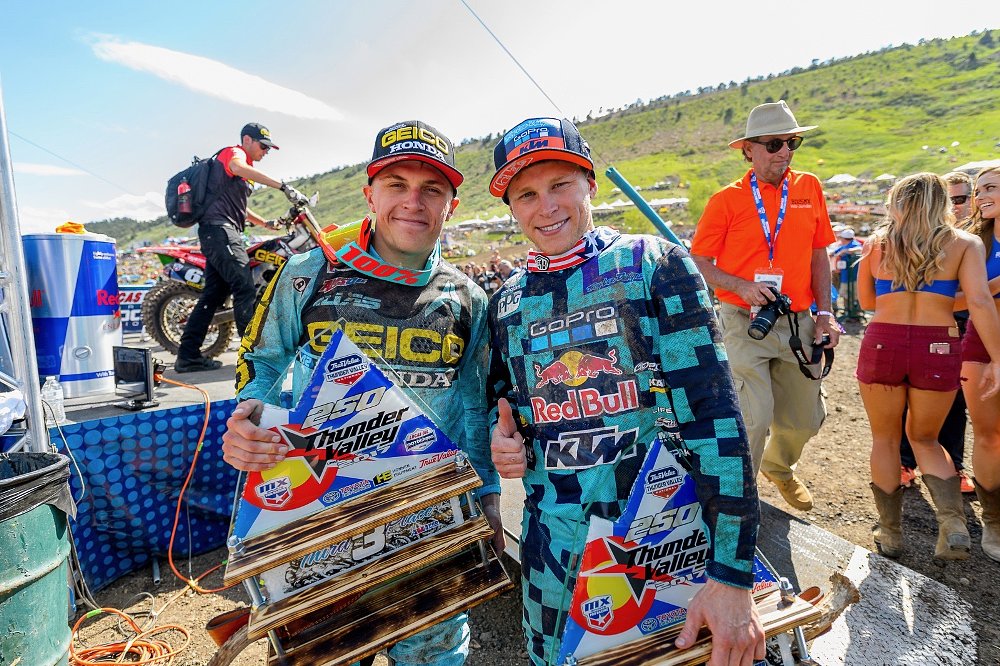
“When it comes to lowering a dirt bike, there are very few people who know about that better than me!” Alex said with a casual laugh. “At five foot, four inches, not only am I short, but it also turns out I’m shorter in the legs, too. So, I really had to focus on setting up my bike to be comfortable for me.”
Alex used a variety of methods to shrink the rider triangle of his race bikes, including taller footpegs, a cut subframe, and low handlebar. Like any good racer, Alex was on a never-ending quest for the perfect suspension setting. His set-up through the years included a shortened rear shock and raised fork tubes along with some secret sauce internal settings. For Alex, the raised fork tubes happened to accentuate one of his strongest suits — razor sharp cornering.
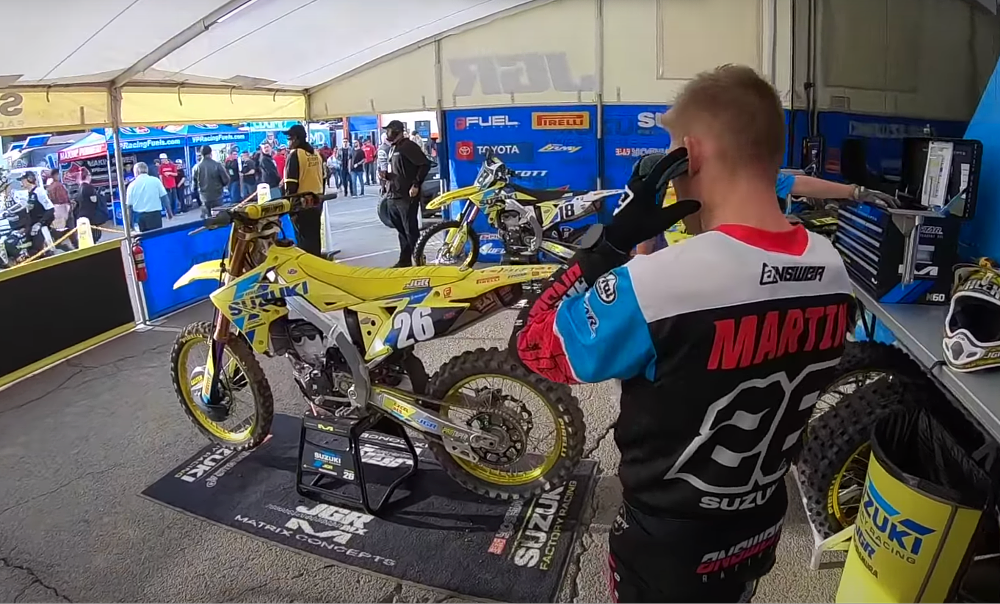
“As a shorter rider, I knew I was losing time in the whoops, so I focused on becoming really good at cornering. The raised fork tubes worked really well in the tight, technical cornering tracks — like St. Louis, for instance — where it was rutted and you really had to turn down. But that all said, we tried to run them as flush as possible for high-speed stability and the whoops at most tracks.”
As for the notion that a rider needs to adapt to the machine and not the other way around, well, Alex had some choice words about that. “Bikes are meant to be tinkered with. The pros are making changes constantly,” Alex reiterated. “There is so much travel in the fork and shock nowadays, there are plenty of riders at the top of the sport that are shortening the shock shaft and other tweaks. You can honestly afford to give up a little bit here or there, even at the pro levels.”
Was I hearing this right? Even our heroes at the uppermost limits of skill on a motorcycle will lower a bike? I made sure to ask Alex for absolute clarity.
“If you are a shorter rider like me, it's advantageous for you to lower your motorcycle. There are certain obstacles on the track that will make you uncomfortable. For me, it was the Supercross whoops. If I didn’t lower my bike and use the taller pegs and cut subframe, it would honestly cost me a couple seconds a lap. Comfort and confidence are a priority.”
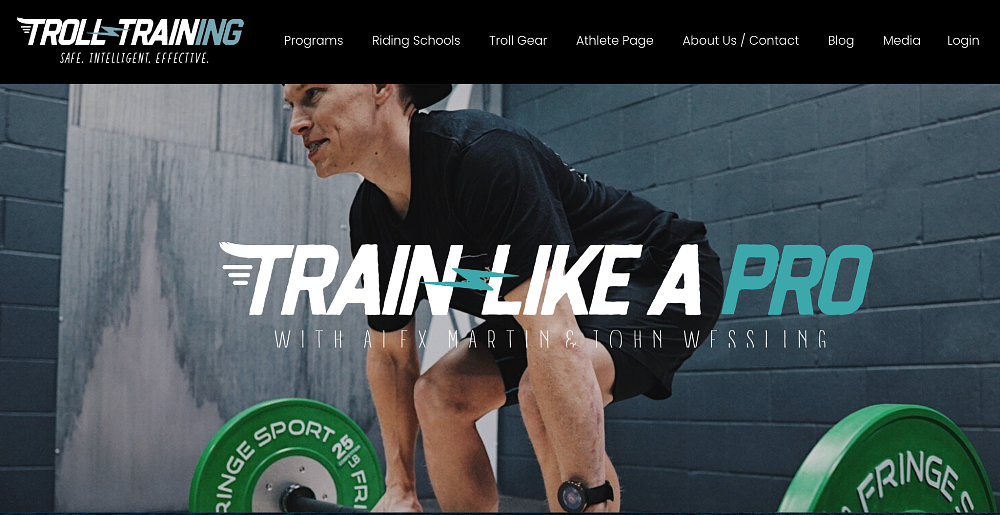
Alex Martin was steadfast in his position. After many years of being told only beginners needed lowering mods, it was absolutely refreshing for me to hear a world-class racer say otherwise.
Confidence and comfort are key
There is an exception to every rule. Case in point — Jocelin Snow. Jocelin has become the patron saint for short riders due to her YouTube videos sharing techniques for conquering tall and heavy adventure bikes. Jocelin is also a BMW-certified rider coach, GS Trophy participant, and runs private riding schools at her ranch in Northern California.
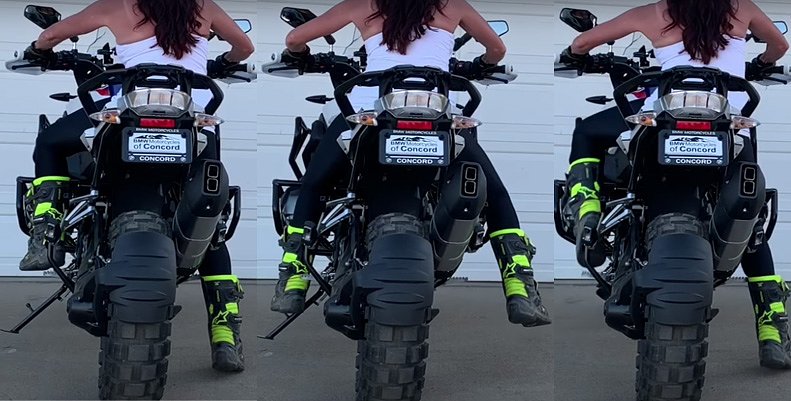
When I asked her about lowered motorcycles, she had this to say: “This is almost like the ‘What tire should you run?’ argument. Everyone has a different opinion, everyone has a different riding style, a different body type. It’s hard to say ‘This is the only rule and you need to stick with it’.”
For Jocelin, unlocking the secret jiu-jitsu required to tame tall bikes (without lowering mods) is reward in itself. All of the struggles endured have bolstered her with the confidence she needs to ride without fear.
“It’s simple," she explained. "If they believe they need a lower bike, then they probably do need a lower bike, if that is where their belief and confidence lies. I might believe differently, but I’m not going to push my opinions on them.” Jocelin prides herself on offering short riders an alternative to lowering a motorcycle. She believes her hard-earned techniques over the years can get them there.

To where exactly? To that key ingredient that has come up in every conversation I have had: confidence. Every expert I talked to cited this as a critical component to riding. Where does that confidence come from?
For Alex, it is custom-tailoring his bike to his every need to race on the ragged edge in arguably the hardest motorsport on the planet. For Evan, it comes from the satisfaction of delivering comfort and enjoyment on the ride for his clients. For Jocelin, it comes from the struggle and triumph when bending tall bikes to her will.
Confidence comes from within. We must build it brick by brick in our mind, layering on skills, experiences, and victories, until they become a bedrock of faith in ourselves. The layers of this castle of confidence are unique to each of us, and the time and effort it takes will vary. The techniques we employ to construct it will be vastly different, too. For some, a lowered bike provides a foundation for rapidly building new skills. For others, a commitment to the task of conquering a tall bike is a slower but more fulfilling choice.
That choice is yours, to lower or not. I have personally watched many friends too embarrassed to lower their motorcycle, and ultimately hurt themselves and leave the sport altogether because of it. They did what others told them was the “only and right way,” and it turned out to be no way at all. So find your “right” way, be honest with yourself about what you can and can’t do, and make the changes to your bike that will instill confidence and excitement every time you slide into the saddle.

Straight from the factory: New trends in lowered models and solutions
Motorcycle manufacturers are taking notice and factory-lowered versions of popular models are becoming more common. Parts and accessories catalogs are starting to show more options for lowering a stock motorcycle after the sale. I set out to make a comprehensive list of what the top brands were offering and compiled them into this PDF for your reference.




